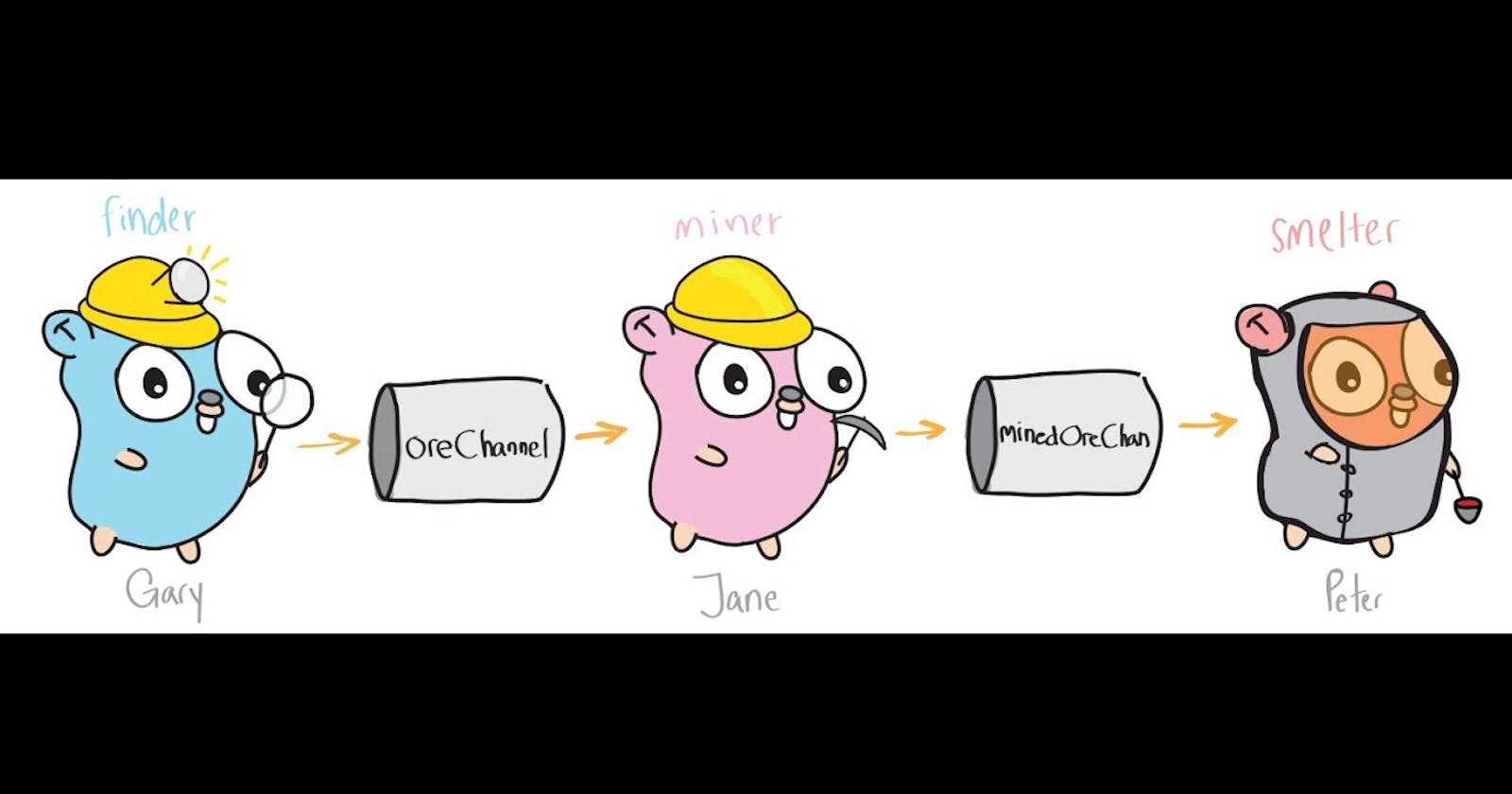Go is a language that provides powerful concurrency primitives, and one of the common patterns used in Go for concurrent programming is the Function Returning Channel pattern. This pattern allows a function to return a channel, enabling asynchronous communication between goroutines. By using this pattern, you can build flexible and decoupled concurrent systems in Go.
1.Overview of the Pattern
In the Function Returning Channel pattern, a function returns a channel to the caller. This channel can be used to send or receive values asynchronously. The caller can then interact with the channel to send or receive data without blocking or tightly coupling with the underlying goroutines.
By returning a channel, the function provides a convenient way for the caller to receive values asynchronously, enabling the caller to process the data concurrently and handle it in a non-blocking manner.
2.Function Returning Channel Pattern Example
Let's look at an example to understand how the Function Returning Channel pattern is used in practice:
package main
import (
"fmt"
"time"
)
func countDown(n int) <-chan int {
ch := make(chan int)
go func() {
defer close(ch)
for i := n; i >= 0; i-- {
ch <- i
time.Sleep(time.Second) // Simulate some work
}
}()
return ch
}
func main() {
counter := countDown(5)
for num := range counter {
fmt.Println(num)
}
fmt.Println("Countdown complete!")
}
In this example, we have a countDown function that takes an integer n as a parameter. It returns a receive-only channel (<-chan int) that will be used to send the countdown numbers asynchronously.
Inside the countDown function, we create a channel ch using make(chan int). We launch a goroutine using the go keyword, which starts executing an anonymous function.
The anonymous function counts down from n to 0 and sends each number to the ch channel using ch <- i. To simulate some work, we introduce a time.Sleep to pause for one second after sending each value.
The defer close(ch) statement ensures that the channel is closed when the goroutine finishes sending all the numbers. Closing the channel indicates that no more values will be sent.
In the main function, we call countDown to receive the channel counter. We iterate over the channel using a for loop with range. This loop will continue until the channel is closed.
For each received number, we print it to the console using fmt.Println(num). As the countDown function sends values asynchronously, we can process the numbers concurrently.
Once all the numbers are received from the channel and the channel is closed, the loop will exit, and the program will print "Countdown complete!".
3.Benefits of the Pattern
The Function Returning Channel pattern offers several benefits when building concurrent systems in Go:
Asynchronous Communication: By returning a channel, the function allows the caller to communicate asynchronously with the underlying goroutines. This enables concurrent processing of data without blocking or waiting for each operation to complete.
Decoupling: The pattern provides a decoupled way of interacting with concurrent components. The caller does not need to have knowledge of the internal workings of the goroutines. It only needs to interact with the returned channel, allowing for loose coupling and easier maintenance of the codebase.
Flexibility: The pattern allows for flexibility in handling concurrent operations. The caller can choose when and how to process the received values, enabling custom logic for parallel execution, throttling, or synchronization.
Concurrency Control: By utilizing channels, the pattern provides a built-in synchronization mechanism. The caller can use channels to coordinate goroutines, wait for results, or manage the overall flow of the concurrent operations.
4.Conclusion
The Function Returning Channel pattern is a powerful technique in Go for building concurrent systems. By returning a channel, functions provide a means for asynchronous communication and allow the caller to process data concurrently. This pattern offers decoupling, flexibility, and control over concurrent operations, enabling the development of efficient and scalable concurrent programs in Go.
Using the Function Returning Channel pattern, you can leverage the concurrency features of Go to build concurrent systems that are both expressive and performant.
